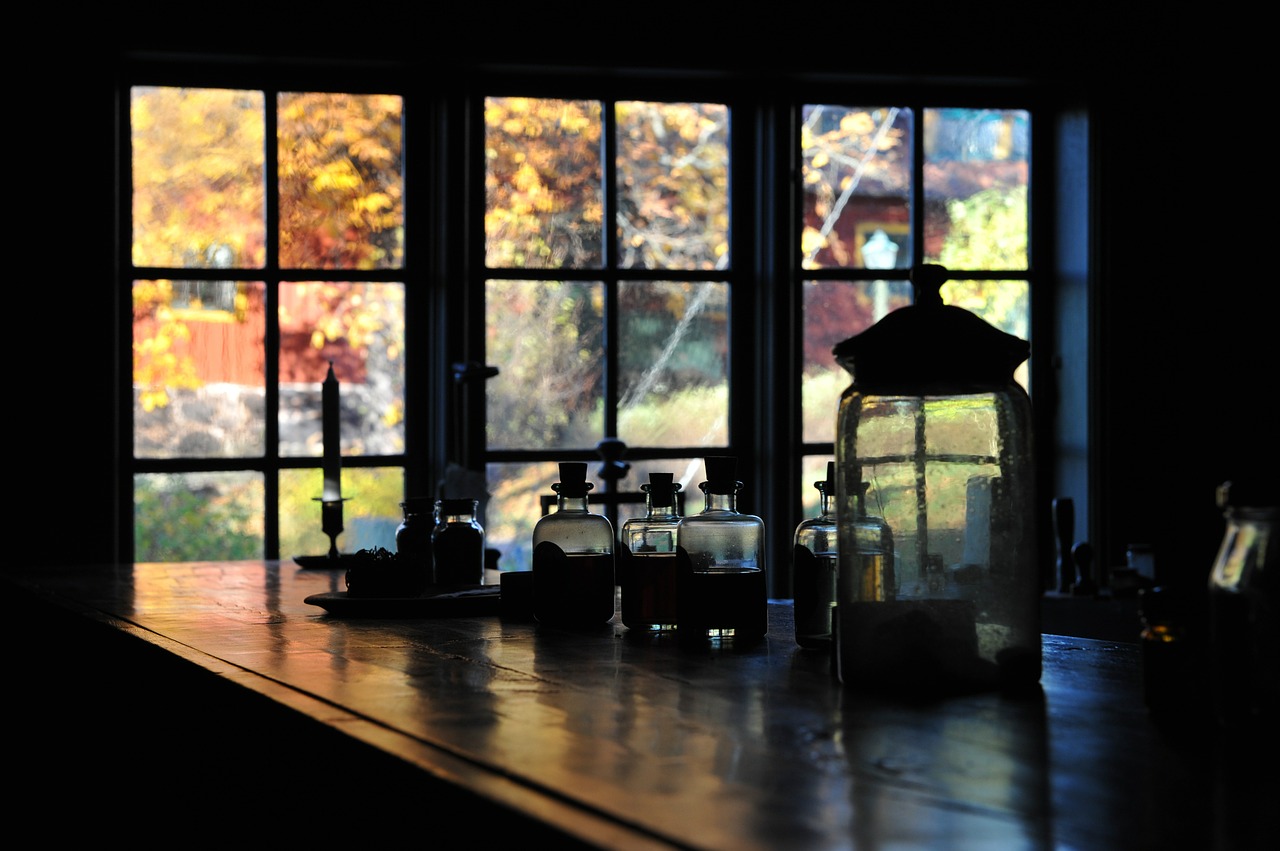I was once working on a documentary film with the Crees of
Northern Quebec. We travelled to Waskaganish to film the fall goose hunt. Because
I’m a talkative sort, I got chatting with one of the elders one morning while
we were “enjoying” porridge with moose broth (it’s a thing) in front of the
fire at the riverside hunt camp. I told him I live on 200 acres, with a mile of
creek, and the geese come in hordes to settle on the water at sunset. My
description of the Farmer’s happy hunting ground piqued his interest. A few
weeks later, Gordon Blacksmith and his hunting party arrived at our farm.
There were 15 of them in total, in several large Ford pickup
trucks, but they weren’t all here to hunt. The men consulted with my husband about
the biggest flock sighting in the area, and made plans for the next morning’s
pre-dawn hunt. The women unloaded bags and asked about where to do Christmas
shopping.
A few young people clambered out of the cab of one truck.
And then a very old couple were helped down out of the seats they had been in
for the past 12 hours. The white-haired gentleman was introduced as Johnny. His
partner Annie hobbled over to me on swollen feet and handed me a soft package
wrapped in brown paper. It smelled of smoke. I unwrapped a pair of soft
moosehide moccasins, hand sewn and beaded. I was told she had made them
herself. What an incredible gift. I
thanked her, and led the way into the house, knowing they would be hungry and
tired.
I started calculating beds and bodies, wondering where I
would scatter them around the house. It turns out I didn’t need to worry – they
headed for the largest bedroom at the end of the hall and laid sleeping bags
side by side across the floor. Johnny set his up on the couch in the back room.
That’s where I found him sitting, staring at my Gustav Klimt collage of nudes
and cherubs. He had a twinkle in his eye.
We had lasagna and salad and garlic bread for dinner and
everyone turned in early, exhausted from their day of travel. Most of them didn’t
speak English. Gordon translated their soft Cree mumblings for us.
The next morning, the hunters left before the rest of us
awoke. My husband took them to the St. Lawrence River, where they hunted and had
a hot shore lunch and a nap. At the end of the day, the women started preparing
things for the goose cleaning. They asked me to lend pots of hot water and old
towels. I gathered the required items and watched from a distance as they
headed to the shed, chattering to themselves and shaking their heads.
“The women want to know if you clean your own geese,” my
husband reported, snickering. “I told them you don’t clean geese. But they
noticed I did the cooking last night so now they are wondering what it is
exactly that you do around here.” He ducked in time before I smacked him.
My attempt at baking bannock did not impress old Johnny. He
attempted to eat it but it was too tough. Dipping it in his tea didn’t help, as
it disintegrated in soggy clumps. He laughed and whispered something to Annie,
who giggled like a girl.
The hunters went out every morning and approached the
landowners wherever they found large flocks of geese. In most cases, the
farmers were very happy to have someone ridding them of the geese that were
tamping down their fields and eating their corn. At the end of the week, Gordon
and his friends had harvested 80 birds. They packed the cleaned meat into 12
coolers they had brought for the occasion, and prepared to head home. A feast
was already being prepared in the community hall, where all of the bounty would
be shared.
Before they left, I watched as the youngest hunter stood on
the porch and squinted at the sky. He put his hands to his mouth and made a
call that mimicked the sound of a goose call perfectly. And then, the flock
that was flying past turned as if they had left someone behind, and flew
straight over us. We stood in complete silence as they rushed over our heads;
the only sound was the beating of their wings.
-30-





